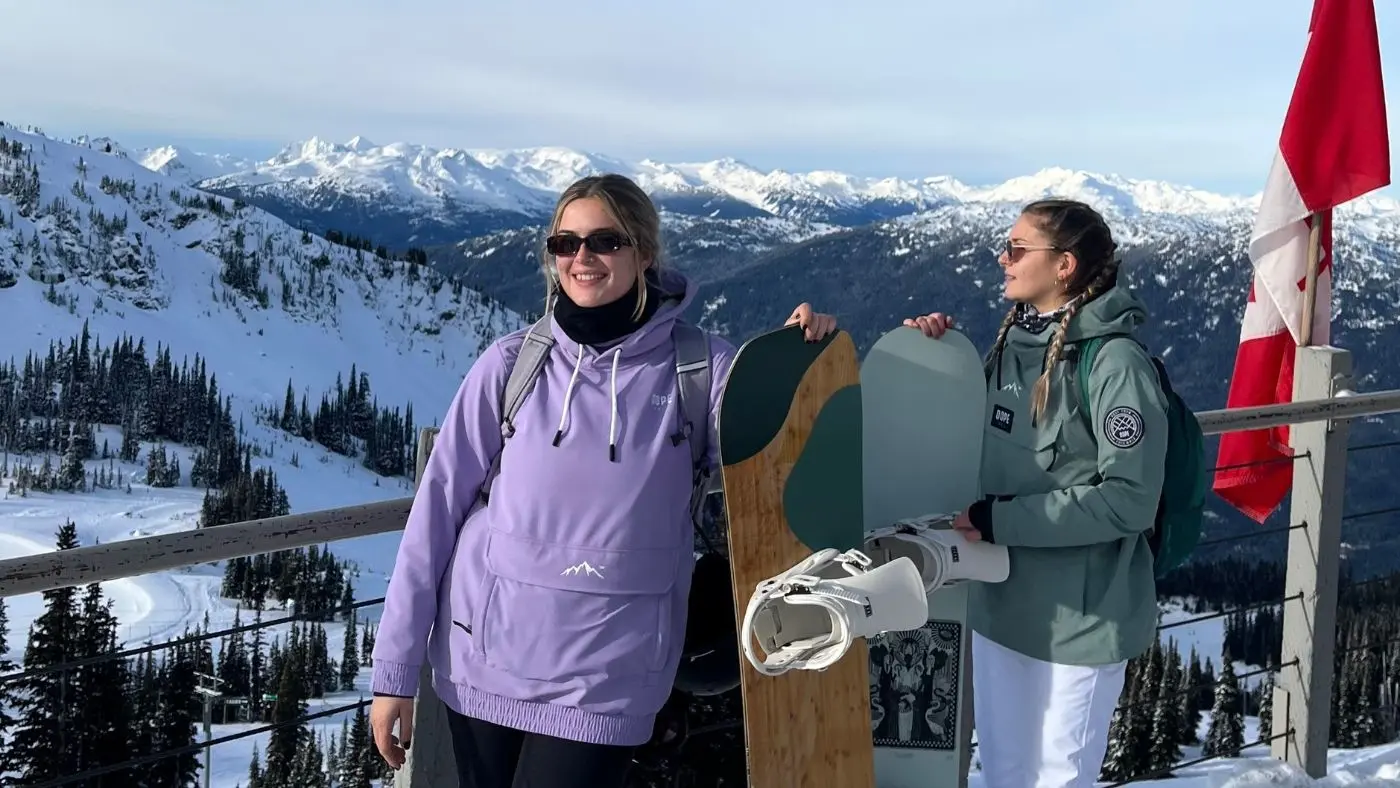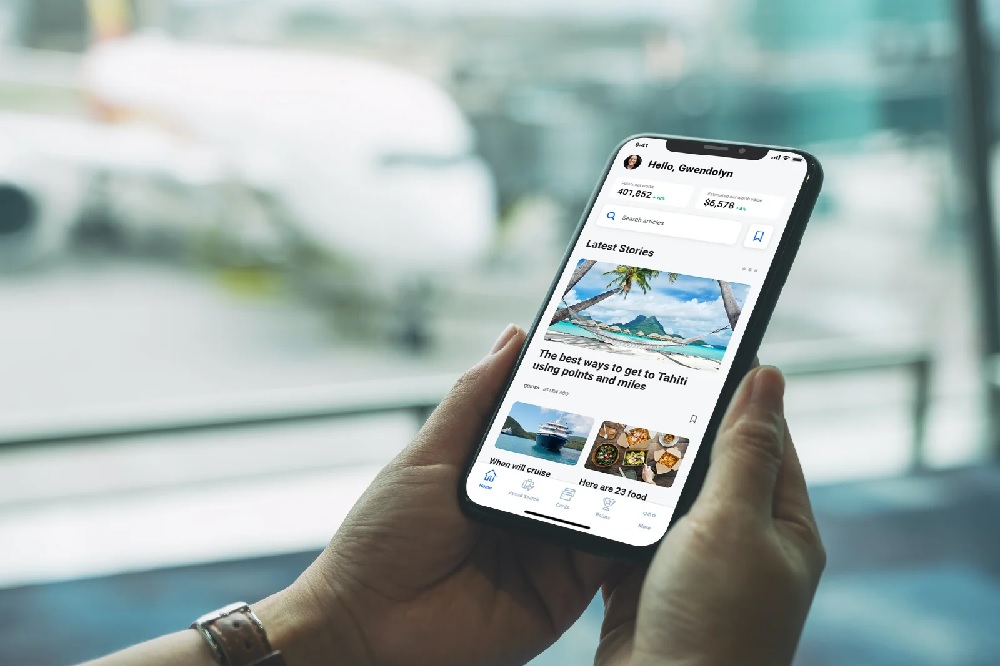A working holiday is the smartest way to see the world without going broke. You work to fund your travels, plain and simple. For Canadians, this isn’t a new trend. SWAP has been making it happen since 1975. This guide cuts the fluff and gives you the straight facts on how to do it.
What Exactly is a Working Holiday Program?
Think of it as a special visa deal between countries. It lets young people live and work abroad, usually for up to a year. This isn’t a permanent immigration visa. The main point is cultural exchange. You pick up short-term jobs to pay for your adventures abroad.
Countries like Australia, New Zealand, and the UK have these agreements with Canada. The setup is perfect for recent graduates, career breakers, or anyone seeking a change. It’s a legal, structured path to gaining life experience outside Canada’s borders.
Why Bother? The Real Benefits for Canadians
This is more than just a long trip. A working holiday builds real-world skills that employers value. Navigating a foreign job market proves you’re adaptable and resourceful. That looks great on a resume back home.
On a personal level, you’ll learn to rely on yourself. Figuring out a new public transport system, finding a flat, and building a social circle from zero builds a unique kind of confidence. You return home with a broader perspective that’s hard to get any other way.
Are You Eligible? The Basic Requirements
Get the rules wrong, and your application is dead on arrival. While the fine print differs by country, the core requirements are pretty universal. You absolutely must check the specifics for your destination, but expect to prove these basics:
• Citizenship: Got a valid Canadian passport? That’s your ticket.
• Age: You’ll need to be between 18 and 35, give or take.
• Finances: Prove you have a financial cushion—usually around $2,500 to start.
• Clean Record: Some nations will want a police background check.
• Health Insurance: Don’t even think about going without full coverage for your entire trip. It’s mandatory.
Your Action Plan: A Step-by-Step Process
If you try to figure this out as you go, you’re going to waste a lot of time and money. The trick is to follow a roadmap. It takes this giant, scary dream and chops it up into a simple to-do list.
Step 1: Pick Your Destination Wisely
Your first job is to choose where you’re going. Don’t just pick a spot off a map. Think about the practical side of life there. Your choice will define your entire experience.
Ask yourself these questions:
• What is the local job market like for foreigners?
• How high is the cost of living in the cities?
• What is the climate and culture like?
• To get the real details, your best move is to explore swap working holidays abroad on their website at https://swap.ca/.
Step 2: Tackle the Visa Paperwork
This is the bureaucratic grind. Every country has its own unique application maze to navigate. You’ll be gathering documents, filling out endless forms, and paying fees. Since processing can drag on for months, get started much earlier than you think you need to.
You will likely need to provide:
• Your Canadian passport.
• Recent passport photos.
• Official bank statements.
• A completed visa application.
• The non-refundable visa fee.
Step 3: Get Your Ducks in a Row
With your visa approved, shift to concrete preparations. This phase is about minimizing chaos upon arrival. A little work now prevents major headaches later.
Your pre-departure checklist should include:
• Buying full health insurance for the entire trip.
• Booking your first 1-2 weeks of accommodation.
• Researching how to get a local tax number.
• Setting up a foreign bank account online, if possible.
• Informing your Canadian bank of your travel plans.
Step 4: Land and Get Set Up
Your first month is about foundation, not vacation. Focus on ticking off essential admin tasks. Once these are done, you can relax and start enjoying your new home.
Your immediate priorities upon landing are:
• Finalizing your bank account and getting a local SIM card.
• Applying for your tax file number (essential for work).
• Securing a medium-term rental.
• Hitting the pavement to look for a job.
The Two Big Challenges: Work and a Place to Live
Let’s talk about your two most urgent needs: an income and a roof. These are solvable problems. Many industries in these countries rely on temporary workers like you.
How to Find a Job Abroad
You’re not looking for a career—you’re looking for a paycheque. Hospitality, farming, retail, and admin temp work are your best bets. Be ready to start from the bottom.
Use these tactics to find work:
• Walk into bars, cafes, and hotels with your resume in hand.
• Sign up with local temp agencies.
• Check online job boards like Seek or Indeed for that country.
• Talk to other travelers; they often know who is hiring.
• Look for “work for accommodation” opportunities in hostels.
How to Find a Roof Over Your Head
Don’t lock yourself into a lease before you’ve seen the place and met the people. Your best bet is to line up a temporary base — like a hostel or Airbnb — for your first week or two. Use that time to hunt for apartments in person and suss out potential flatmates.
Your main housing options will be:
• Hostels (cheap, short-term, social).
• Flat-shares (more space, usually requires a contract).
• Sublets from other travelers (flexible, often furnished).
• Serviced apartments (more expensive, but easy).
Why Use SWAP? They’ve Seen It All
Since 1975, SWAP has handled the questions and problems you haven’t even thought of yet. Going alone is possible, but it means you’re on your own for every visa question and bureaucratic snag.
SWAP’s expertise is its core product. This translates into direct application support, critical pre-departure sessions, and a network of local contacts. This network is there to assist with practical hurdles, such as setting up a bank account or clarifying your legal work status on the ground.
For a Canadian, using SWAP is like having a guidebook that talks back. It simplifies the scary parts. This lets you focus on the adventure, not the admin. To see how they can help your specific plans, you should explore swap working holidays abroad at https://swap.ca/.
Bottom Line
A working holiday is a practical life upgrade. It’s a chance to see the world on your own terms, funded by your own work. The process requires effort and organization, but it is far from impossible.
With a clear plan and the right support, you can navigate the paperwork, find a job, and settle into a new country. The experience will change how you see the world and your place in it. Your biggest mistake would be not looking into it.





